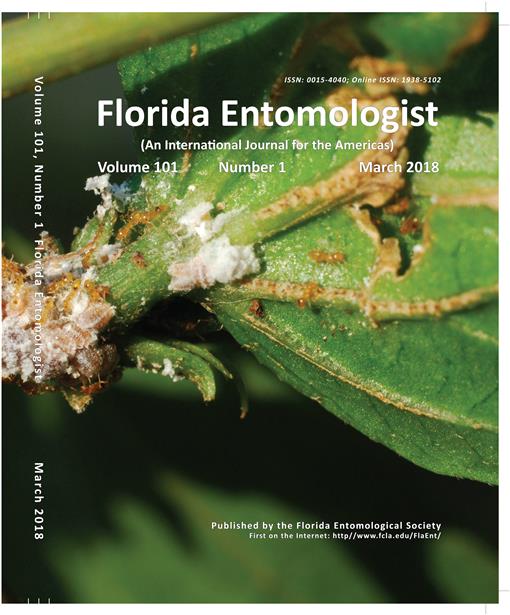Cruciferous vegetables are severely damaged by infestation of the diamondback moth, Plutella xylostella (L.) (Lepidoptera: Plutellidae). Successful utilization of RNA interference (RNAi) in insect pest management programs depends on various factors, such as target gene, mode of double-stranded RNA (dsRNA) delivery, frequency of application, and development stage of the target insect. Among these factors, selection of the target gene is crucial to the success of RNAi-based programs. In the present investigation, an attempt was made to assess the potential of tyrosine hydroxylase (TH) as a target gene, which is a key regulator in the biosynthesis of 3,4-dihydroxyphenylalanine (DOPA). DOPA is a precursor for agents that function in neurotransmission, melanization, sclerotization of the cuticle, and immune responses in insects. Here, we provided to diamondback moth larvae 3 concentrations (1.04, 2.08, and 3.12 μg/cm2) of cognate dsRNA coated on discs of cabbage leaf, the natural diet for the larvae. We recorded the influence of the dietary dsRNA on TH transcript levels, larval growth, and larval survival rate. The dietary dsRNA led to reduced target gene transcript level and larval feeding level, and caused larval mortality in a concentration-dependent manner. These results demonstrate that the TH gene has potential as a target gene for RNAi-mediated management of P. xylostella.
How to translate text using browser tools
1 March 2018
Tyrosine Hydroxylase, a Potential Target for the RNAi-Mediated Management of Diamondback Moth (Lepidoptera: Plutellidae)
R. Ellango,
R. Asokan,
G. Sharath Chandra,
N. K. Krishna Kumar,
Riaz Mahmood,
V. V. Ramamurthy

Florida Entomologist
Vol. 101 • No. 1
March 2018
Vol. 101 • No. 1
March 2018
ARN de doble cadena
control de plagas
double-stranded RNA
interferencia de ARN
pest Management
Plutella xylostella
RNA interference




